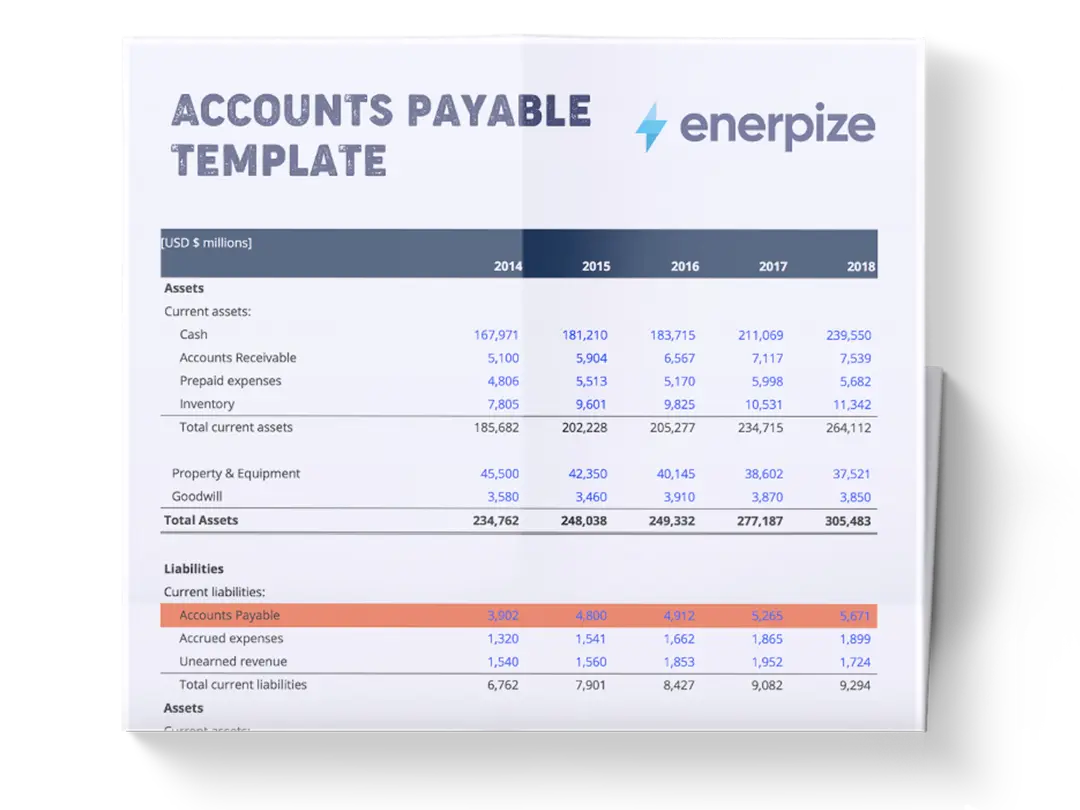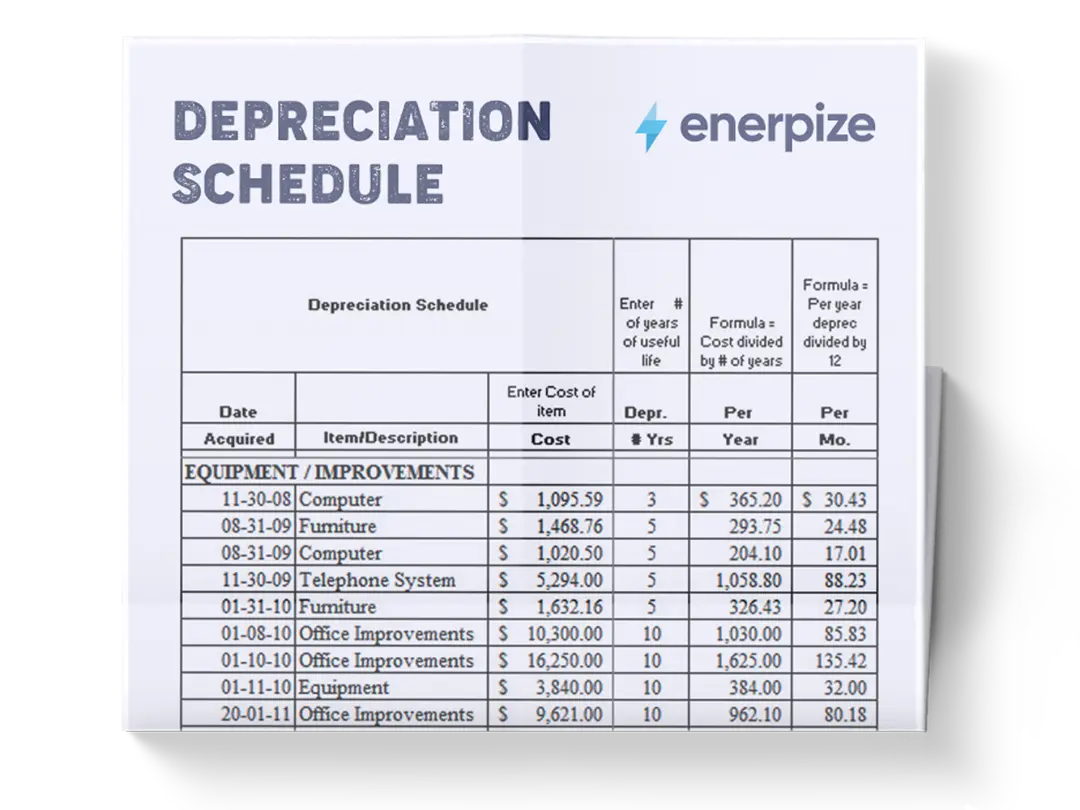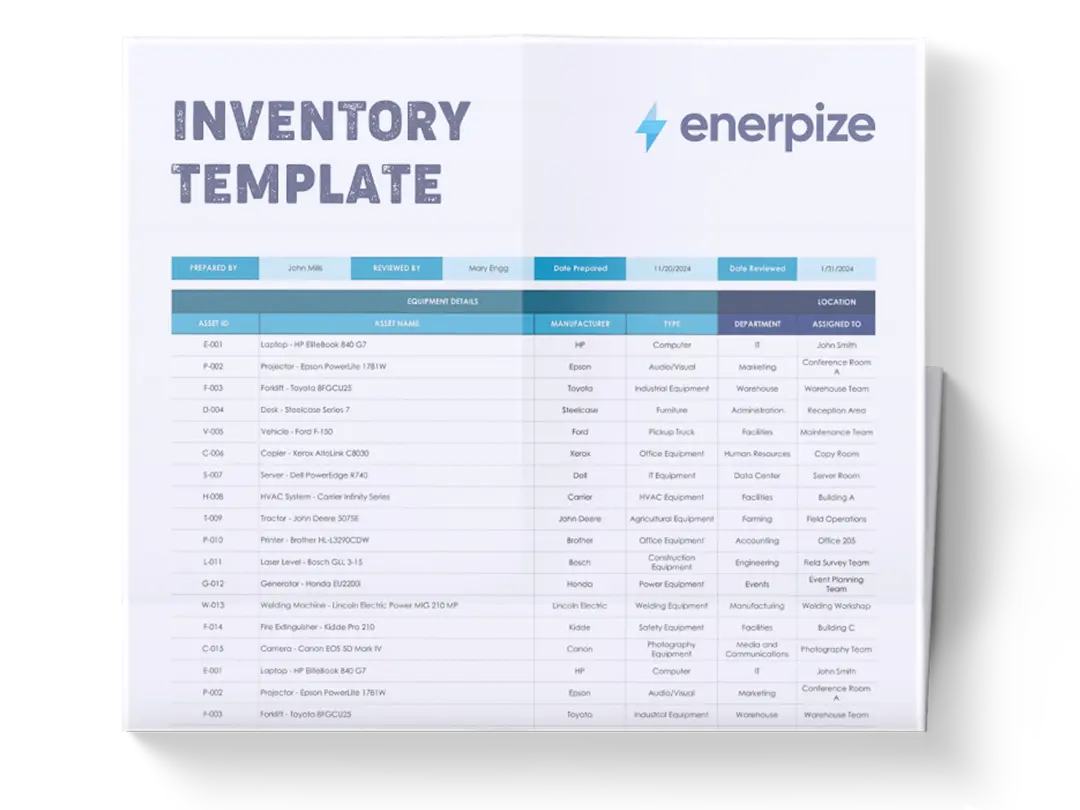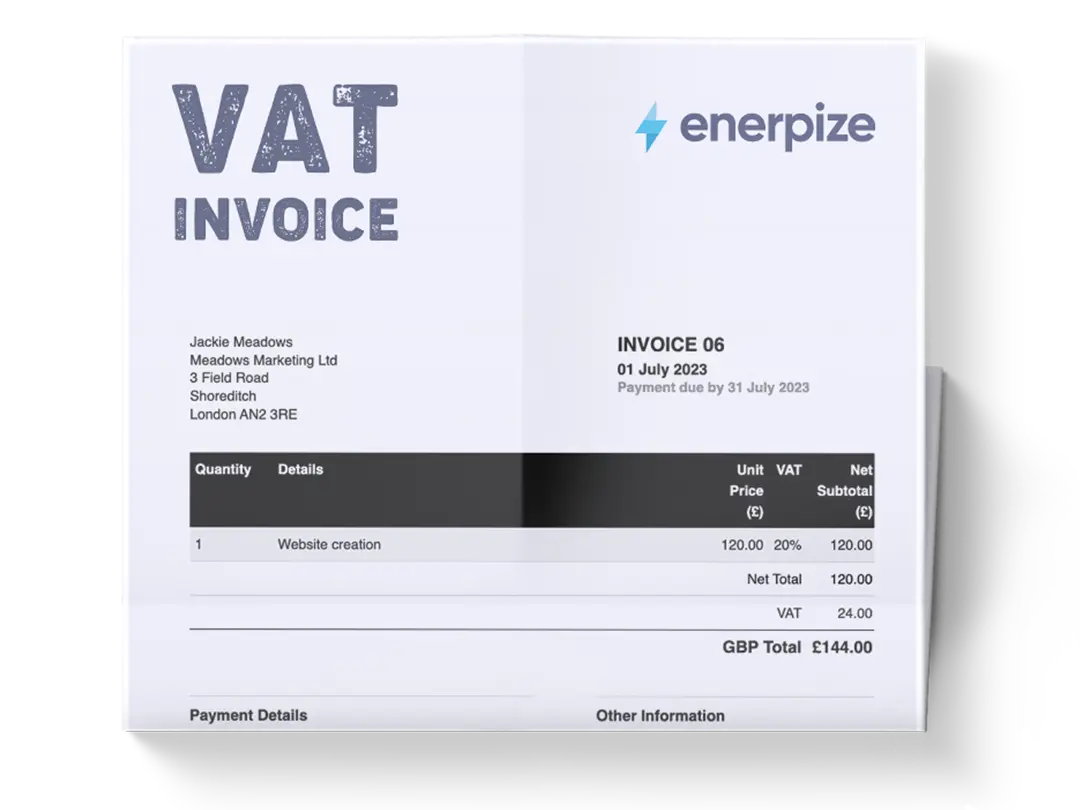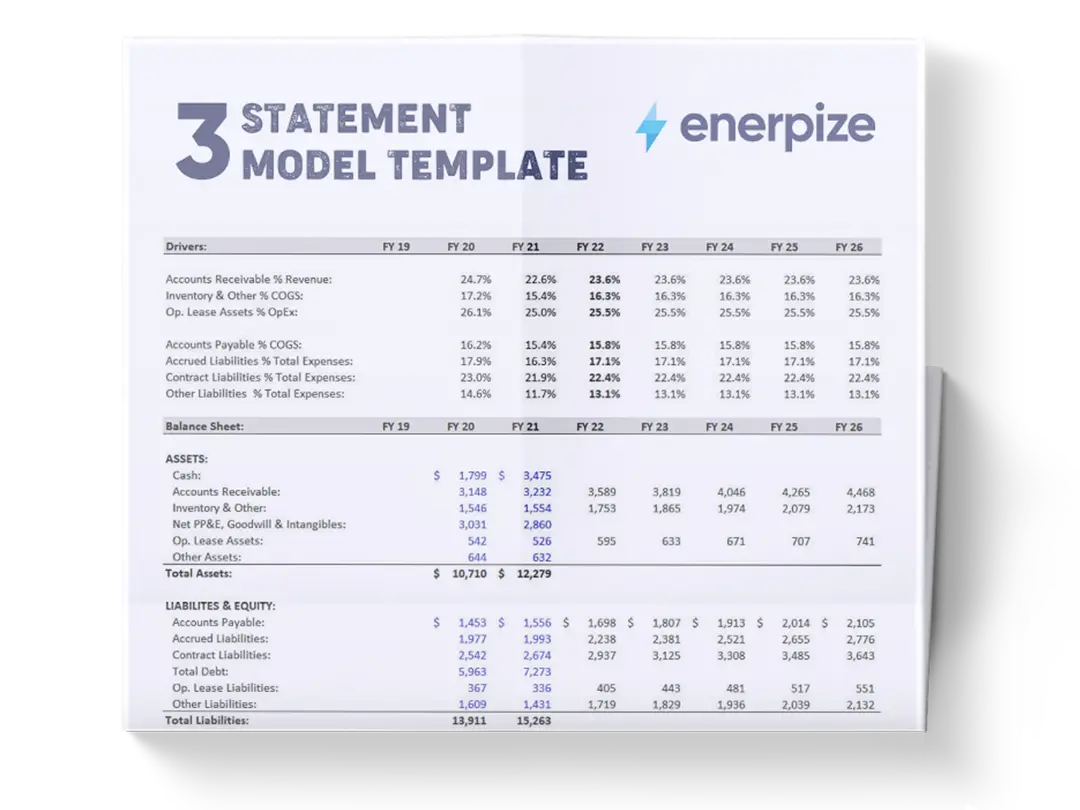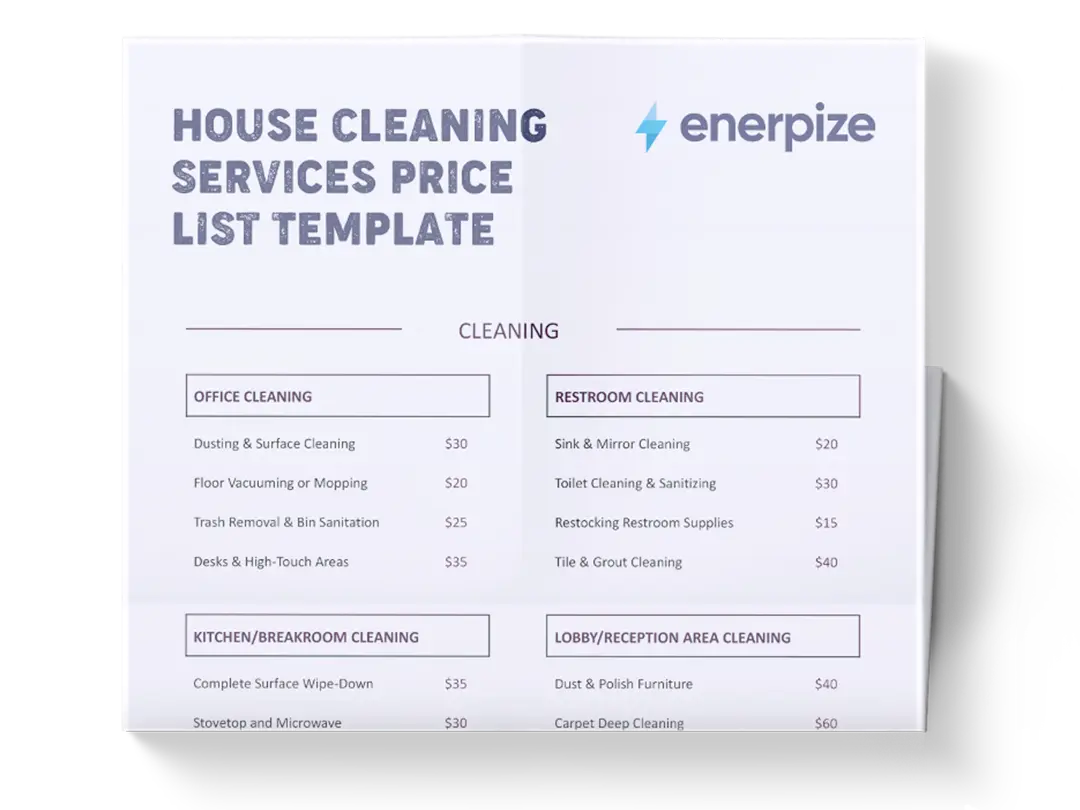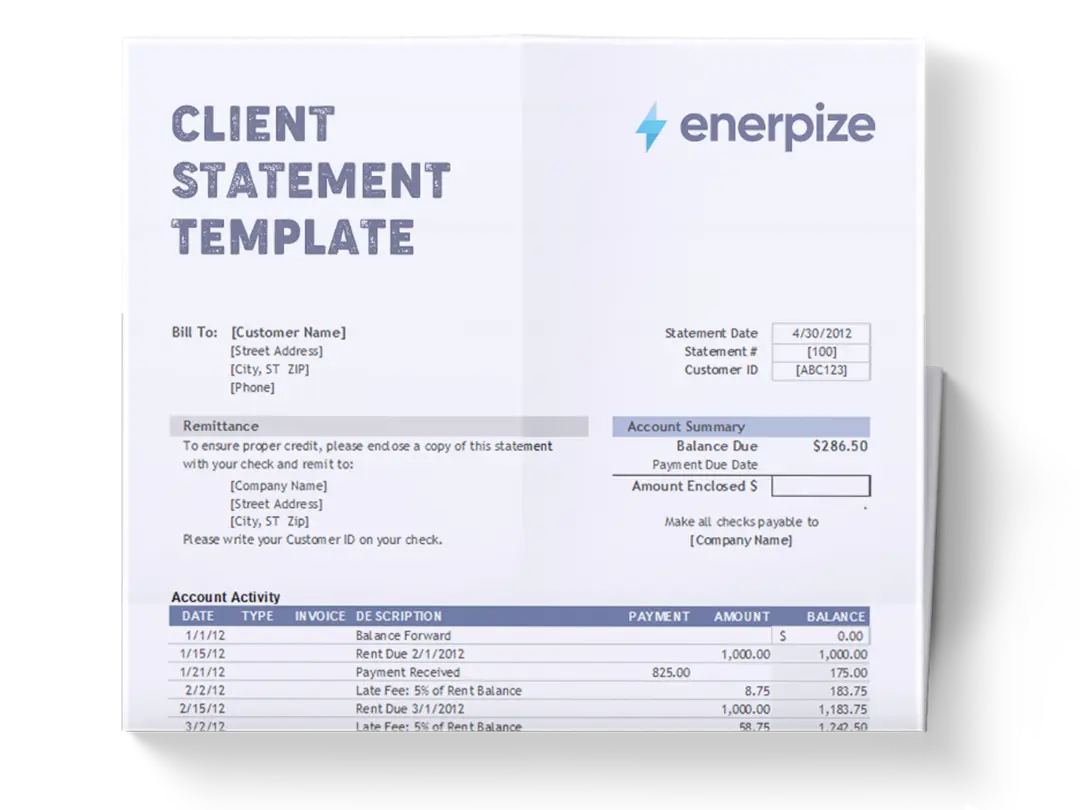Posted on 2 October 2025
Cash Flow Forecast Template Excel & Google Sheets
- The cash flow forecast template is available in Excel and Google Sheets.
- Records monthly incoming and outgoing cash to calculate your business’s closing balance.
- Used for predicting liquidity, identifying funding gaps, and supporting financial planning.
- Ideal for business owners, managers, and accountants who need clear visibility into cash flow trends.
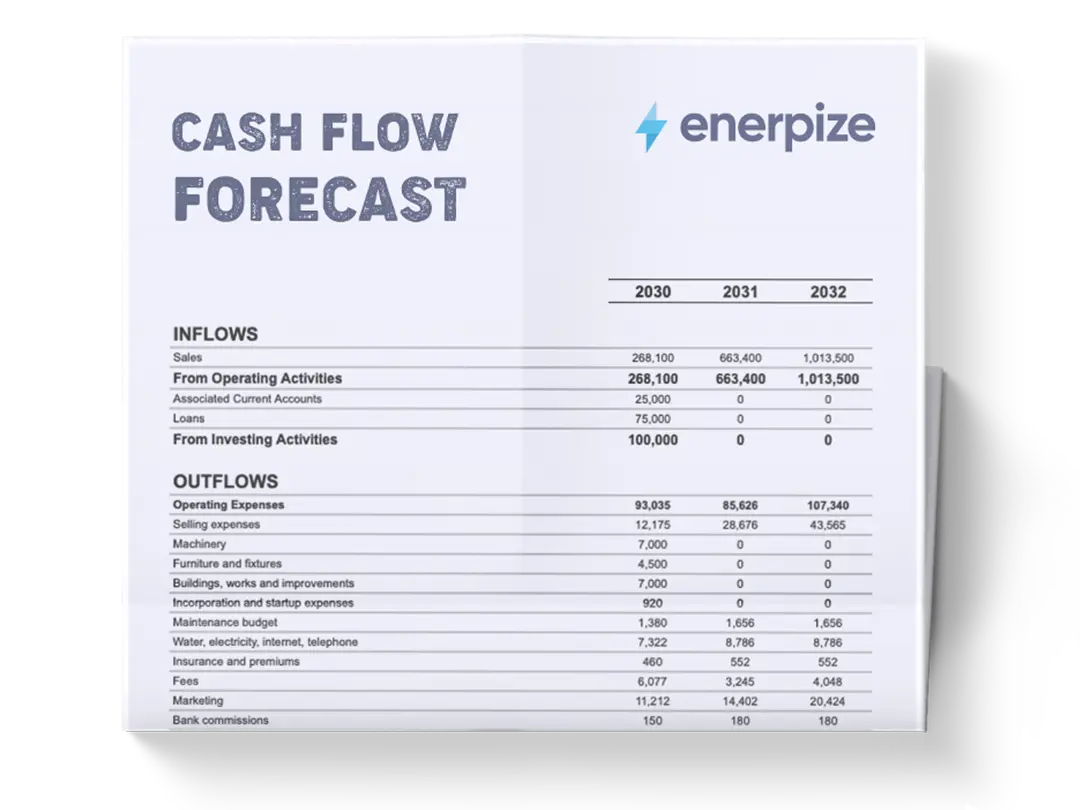
What is a Cash Flow Forecast Template?
A cash flow forecast template allows businesses to estimate, track, and plan for future cash inflows and outflows over a defined period. Unlike a static spreadsheet that merely lists income and expenses, a well-built template serves as a blueprint for projecting liquidity, identifying when cash surpluses or shortages may occur, and ensuring operations can continue smoothly.
The forecast cash flow template outlines key elements such as time horizons, reporting intervals, and major cash flow categories—revenues, expenses, and financing activities—providing finance teams with a baseline model to monitor liquidity and anticipate funding requirements.
While a template cannot fully replace dynamic forecasting tools, it is an essential starting point for building discipline in financial planning and aligning cash projections with broader business objectives.
What does the Cash Flow Forecast Template Contain?
Monthly Columns (12 months)
Each column represents a month of your financial year, allowing you to forecast over a full cycle. Tracking month-by-month ensures you can anticipate seasonal trends, manage lean periods, and align spending with expected revenue.
Opening Balance and Closing Balance
- Opening Balance: The cash you have at the start of the month.
- Closing Balance: The cash left at the end of the month after deducting all expenses from total income.
These two figures are essential for knowing whether your business is building cash reserves or depleting them over time.
Cash Incoming
- Sales
- Asset sales
- Debtor receipts
- Loans
- Other income
This section records every source of cash entering your business. For example, sales track revenue from products or services, while debtor receipts account for money collected from customers on credit. Loans and asset sales provide non-operational cash inflows, ensuring you capture both recurring and one-time sources of liquidity.
Cash Outgoing
Detailed expense categories are provided to help you track where money is going. These include:
- Purchases (stock, inventory, supplies)
- Professional fees (accountants, solicitors)
- Marketing and advertising
- Utilities and rent
- Wages, taxes, and superannuation
- Insurance, licensing, memberships
- Loan repayments and interest
Total Incoming and Total Outgoing
These totals automatically sum up each side of the forecast, simplifying your review process. Comparing them month by month shows whether you’re operating in surplus (more money coming in) or deficit (more money going out).
Monthly Cash Balance
The net result of each month is calculated by subtracting total outgoing from total incoming. This figure is critical for spotting cash flow crunches before they occur.
How to Use the Cash Flow Forecast Template
1- Customize the Template for Your Business
Start by adjusting categories to fit your specific industry. For example, if you run a SaaS company, you may want to add “Subscription Revenue” under incoming and “Cloud Hosting Fees” under outgoing. If you operate a retail business, categories like “Inventory Purchases” and “POS Fees” might be more relevant. Tailoring the template ensures accuracy and avoids guesswork later.
2- Enter Your Opening Balance
At the start of your forecast (month one), input the actual amount of cash on hand. This sets the baseline and ensures all following balances are calculated correctly. Always double-check this figure—it’s the foundation of your entire forecast.
3- Record Cash Inflows
Fill in expected amounts under each income category. For recurring income, like monthly sales or subscriptions, use historical averages as a guide. For irregular items (like asset sales or loans), add realistic estimates based on planned events. Conservative forecasting is recommended—overestimating income creates a false sense of security.
4- Record Cash Outflows
Enter all fixed and variable expenses. Be thorough—include not only obvious costs like wages and rent but also smaller expenses like bank fees, software subscriptions, or professional memberships. Many businesses underestimate cash leakage in these “hidden” categories.
5- Review Monthly Balances
Once inflows and outflows are filled in, review the monthly cash balance. Look for negative balances—these signal periods where expenses exceed income, potentially requiring cost-cutting, loan facilities, or delayed spending. Highlighting these red flags early helps avoid last-minute cash shortages.
6- Use Forecasts for Decision-Making
Don’t treat the template as a static document. Use it to run scenarios:
- What if sales drop by 10%?
- What if rent increases next quarter?
- What if I hire two new staff in January?
Modeling different situations allows you to prepare contingency plans and make strategic financial decisions with confidence.
7- Update Regularly
A forecast is only valuable if it stays current. Update your template at least monthly with actual figures, replacing projections with real data. Over time, this creates a rolling forecast that adapts to your business’s evolving reality. Consistent updates also improve accuracy, as you learn how your predictions compare to actual outcomes.
8- Leverage Insights for Growth
Finally, use the insights gained to strengthen your business:
- Plan investments during surplus months.
- Negotiate better terms with suppliers if you see consistent outgoing spikes.
- Schedule promotions or marketing pushes during high-cash months to maximize impact.
Related Templates
Importance of the Cash Flow Forecast Template
Improves Liquidity Management
A forecast ensures that businesses maintain enough cash to meet short-term obligations such as payroll, supplier payments, and taxes. By projecting future inflows and outflows, decision-makers can avoid unexpected shortfalls that could disrupt operations or damage creditworthiness.
Proactive Risk Mitigation
Forecasting highlights potential cash gaps before they occur, giving businesses time to secure financing, reduce expenses, or renegotiate terms with suppliers. This proactive approach helps organizations withstand financial shocks, such as delayed payments from major clients or sudden market downturns.
Encourages Informed Decision-Making
Cash flow projections support strategic choices—whether to invest in equipment, expand operations, or pursue new projects—by clarifying how much liquidity is available and when. This alignment between financial capacity and business strategy reduces the risk of overextending resources.
Boosts Investor and Lender Confidence
Lenders, investors, and stakeholders often require visibility into projected cash flow as part of due diligence. A robust forecast demonstrates financial discipline and enhances credibility, making it easier to secure funding or investment.
Performance Monitoring and Accuracy Improvement
Comparing actual cash flows to forecasted figures provides valuable feedback on the accuracy of financial planning. Over time, this process sharpens forecasting models, improves financial discipline, and strengthens long-term liquidity management.
Operational Resilience
By modeling different scenarios—including unexpected disruptions—companies can quantify the impact of adverse events and respond decisively. This resilience is especially critical for small and growing businesses, where liquidity challenges can escalate quickly.
Who Can Use the Cash Flow Forecast Template?
Small Business Owners
Entrepreneurs and SMEs often lack sophisticated financial systems, making templates a cost-effective way to gain visibility into cash movements. For these businesses, a template helps track payments, plan for growth, and navigate unexpected disruptions.
Finance and Treasury Teams
Larger organizations use cash flow templates as a baseline for more advanced forecasting models. Treasury professionals and FP&A analysts rely on forecasts to manage liquidity, assess investment opportunities, and evaluate capital projects.
CFOs and Executive Leadership
Senior leaders use cash flow projections to align financial resources with corporate strategy. By understanding liquidity constraints and opportunities, executives can make informed decisions on mergers, acquisitions, or expansion plans.
Investors and Lenders
External stakeholders use cash flow forecasts to assess the financial health of a business before providing funding. A reliable forecast reassures them that the company can meet repayment schedules, withstand downturns, and deliver returns on investment.
Non-Financial Managers
Department heads or project managers can also use simplified versions of cash flow templates to understand how their initiatives impact overall cash position. This promotes accountability and ensures that operational planning aligns with financial realities.







